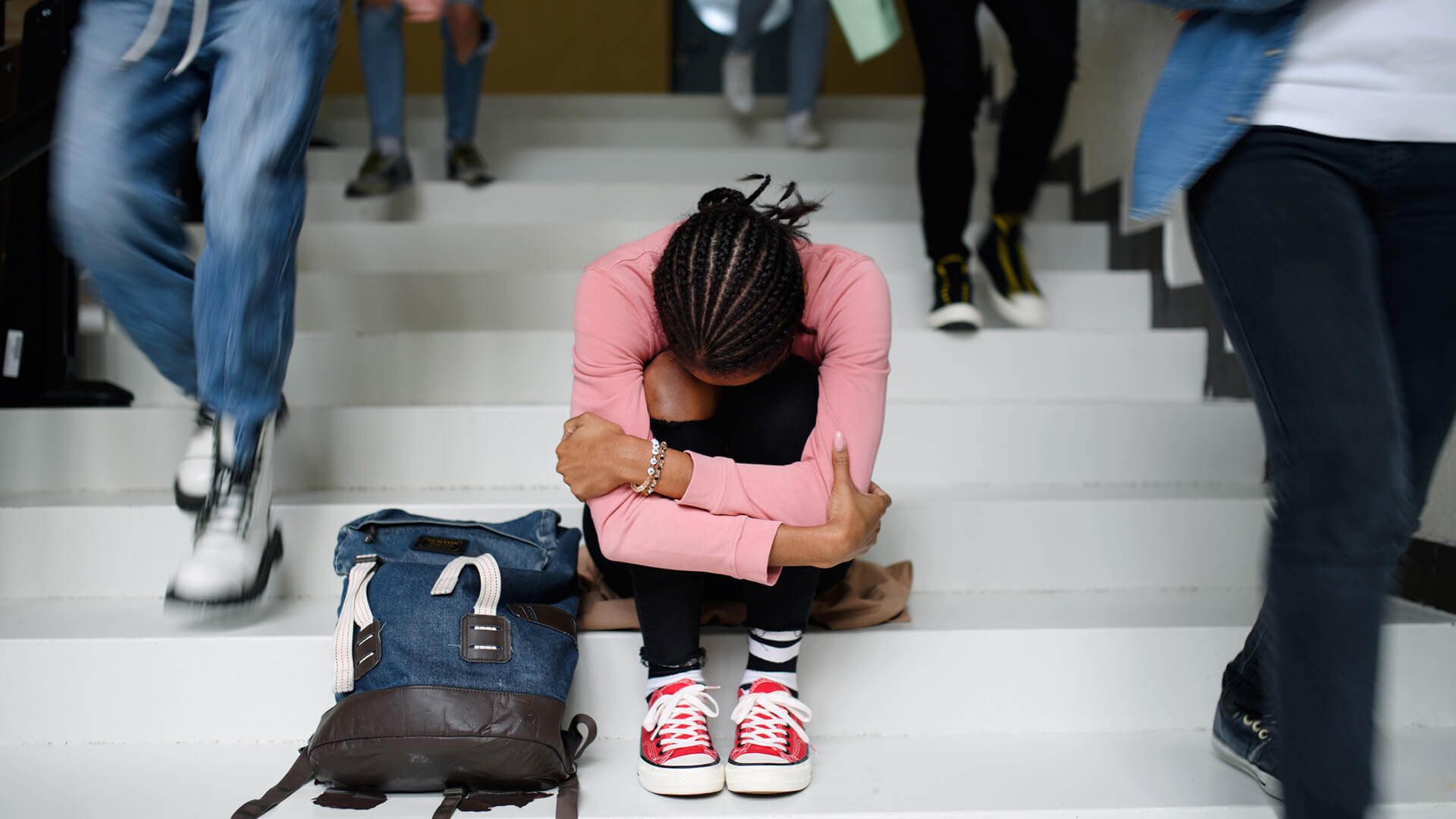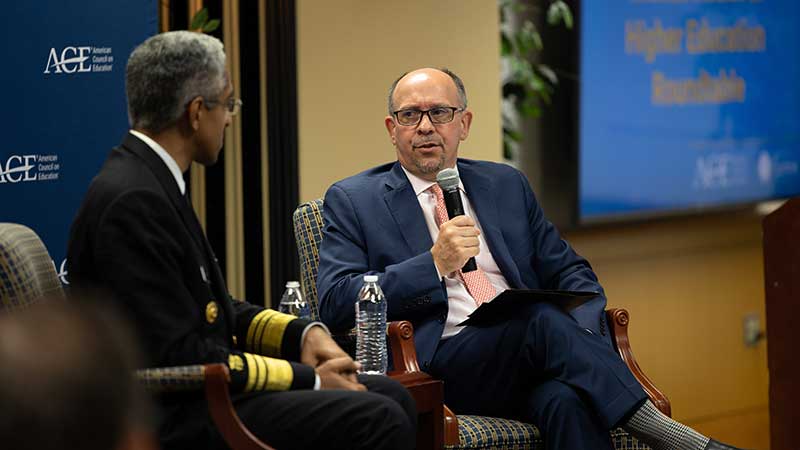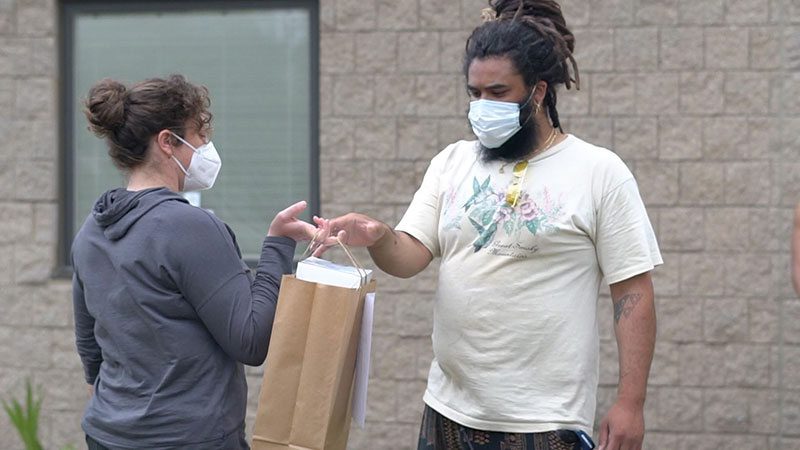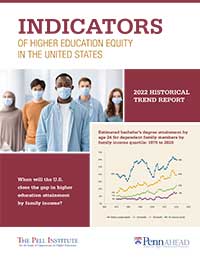Financially Stressed Students
Financial concerns add to students’ stress
Today’s college students are more likely than in the past to be on their own financially—47 percent do not rely on parental support, and among those students one in four live below the federal poverty line. Many other students come from families that lack the financial resources to support them.
Limited income-based financial aid is available through the U.S. government and some states. And while it is often enough to cover the expense of going to a community college, it comes nowhere near the cost of attendance at public four-year colleges and universities. Many students who are eligible do not apply. The National Center for Education Statistics (NCES) says nearly three-fourths of students eligible to receive federal Pell Grants in 2019-20 received an award.
The Pell Grant program will offer need-based financial aid of up to $7,395 in 2023-24 to undergraduates from low-income households. Eligibility is determined by family income, family size, and the cost of attending a particular school. Regardless, students who receive Pell Grants often still must work and take out loans to pay for college. But demand for scholarships and grants that do not have to be repaid outstrips supply.
The total cost of going to college is calculated by combining direct expenses such as tuition and fees and indirect expenses such as books, transportation, supplies, room and board, and costs of living. Since 1980, this total has increased by more than 160 percent at four-year public colleges, more than 170 percent at private nonprofit colleges, and at least 70 percent at community colleges. Meanwhile, U.S. household incomes have not kept pace. During this period, median household income grew by only 12 percent. For these reasons, almost 60 percent of students work while in school, with about 40 percent of community college students and 20 percent of bachelor’s degree students putting in more than 20 hours per week.
Such financial stressors can lead students to make choices that undermine academic progress or cause them to drop out. The effects of unmet financial need start at home and spill into the classroom.
Indirect costs comprise about 60 percent of the cost of attending college. The lack of three essential items—food, housing, and childcare—threatens the ability of many students to finish college. Such students forego necessities such as textbooks, laptop computers, or other supplies to make ends meet. Some students borrow to pay recurring expenses such as rent and utilities.
Efforts to satisfy these unmet needs cause students with meager savings and earnings to fall behind peers from middle-income and wealthier families in college attainment. Only 11 percent of students living below the poverty level earn their bachelor’s degrees within six years. In contrast, more than three-fourths of individuals from high-income families earn a bachelor’s degree by age 24, compared to 9 percent of people from households in the bottom fourth of U.S. household incomes.
The good news: change is possible, and it is already underway. A growing number of colleges and universities around the country have put strategies in place to address the unique challenges these students encounter. Supports include access to reliable nutrition, transportation, housing, and childcare as well as an array of financial and other student support services.











